Brisk Teaching Blog

Your go-to spot for innovative ideas and teacher-tested strategies you can try tomorrow.
Read our featured articles

Explore Our Blog
Thank you! Your submission has been received!
Oops! Something went wrong while submitting the form.
.png)
Bundles from the Extension: Create and Adapt Instructional Materials That Meet Every Learner
With Bundles from the Extension, you can take any article, video, or PDF and turn it into a complete set of connected instructional materials.
Read More
Brisk Features
Brisk Features
Brisk Updates
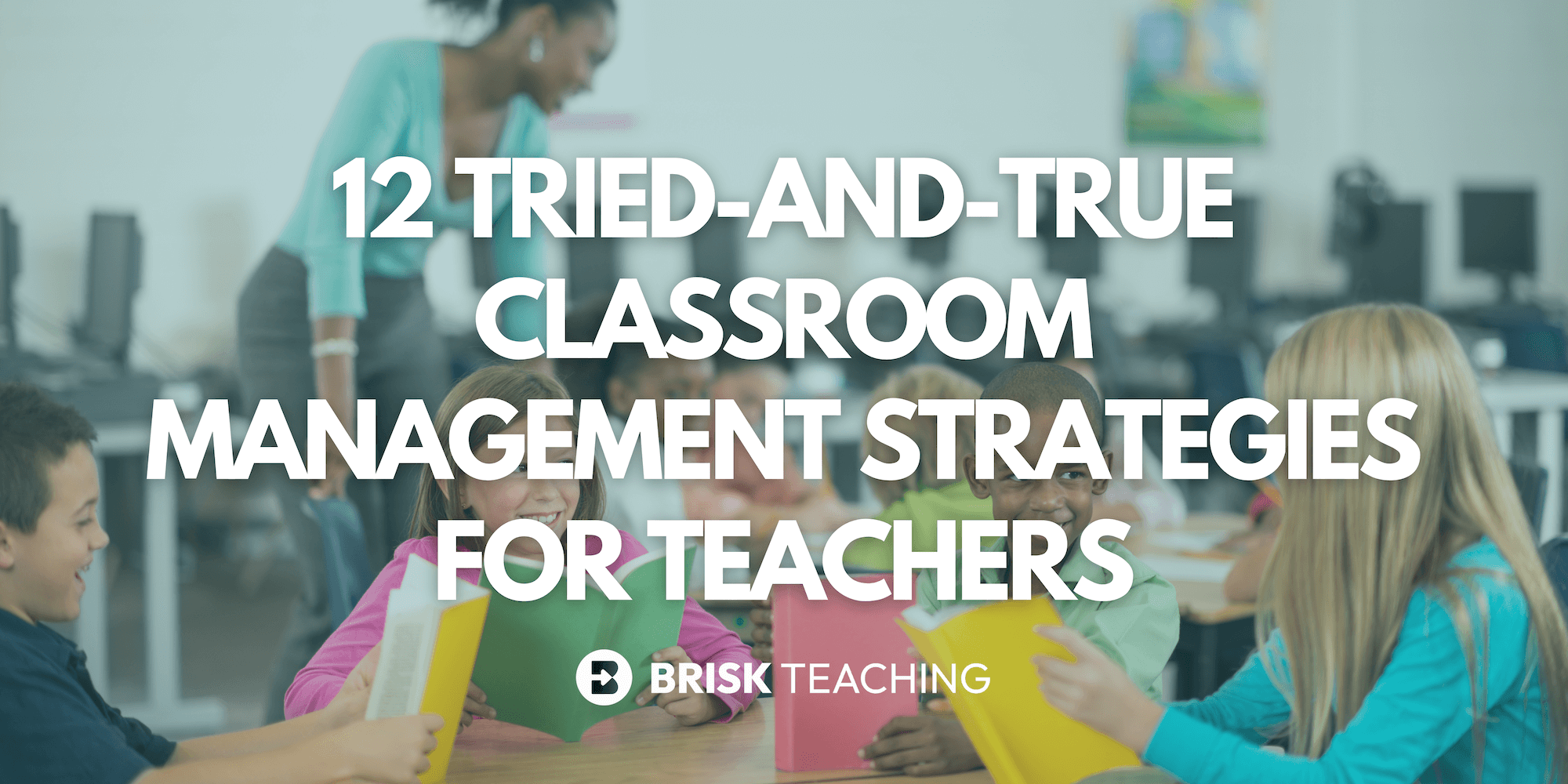
12 Tried-and-True Classroom Management Strategies for Teachers
Discover 12 tried-and-true classroom management strategies teachers swear by. Build stronger relationships, reduce disruptions, and create a classroom where learning flows.
Read More
Tips for Teachers
Tips for Teachers
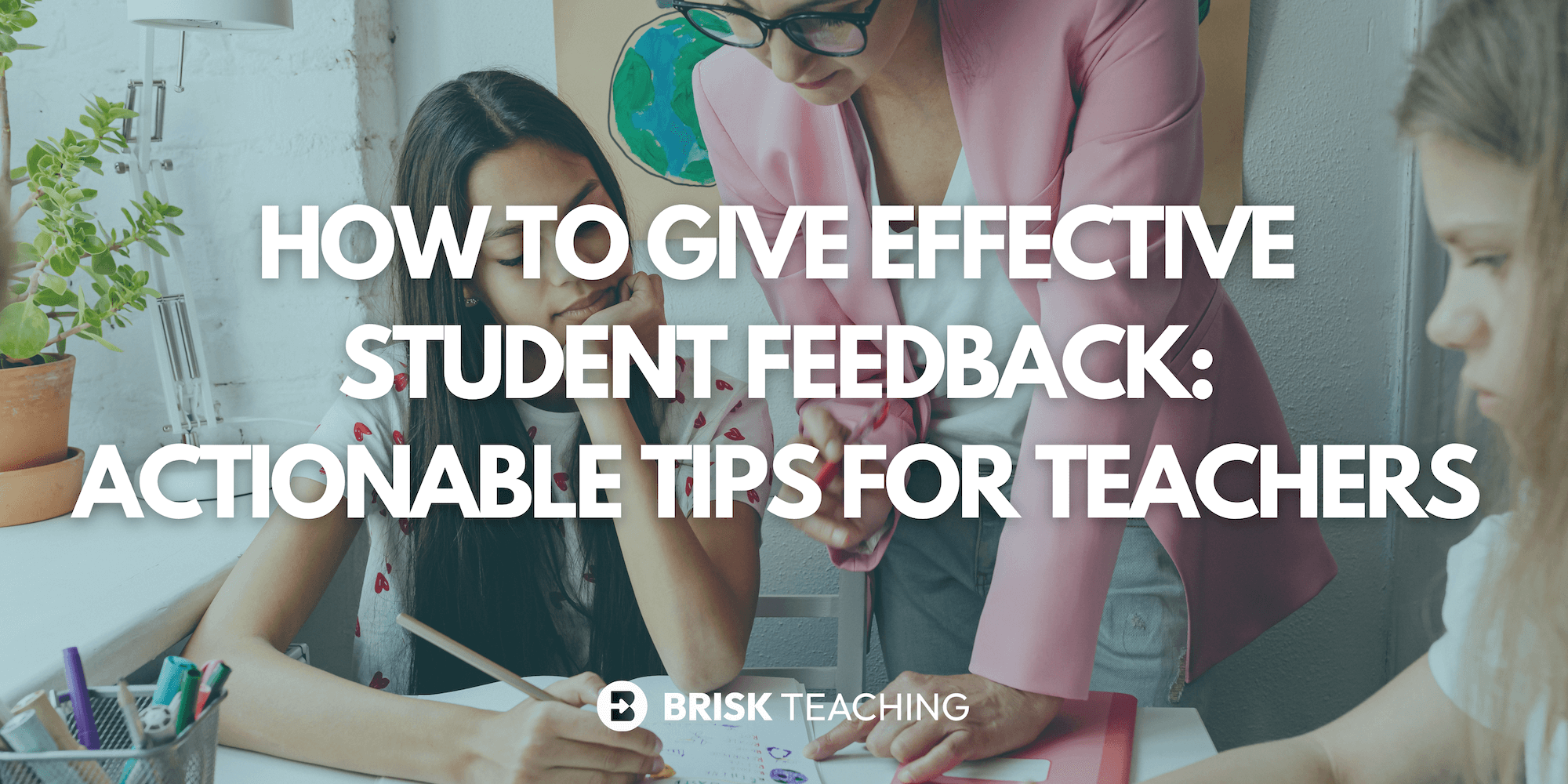
Giving Effective Student Feedback in the Classroom: Clear and Actionable Tips
Get student feedback strategies that are specific, timely, and actionable.
Read More
Tips for Teachers
Tips for Teachers
AI Tips
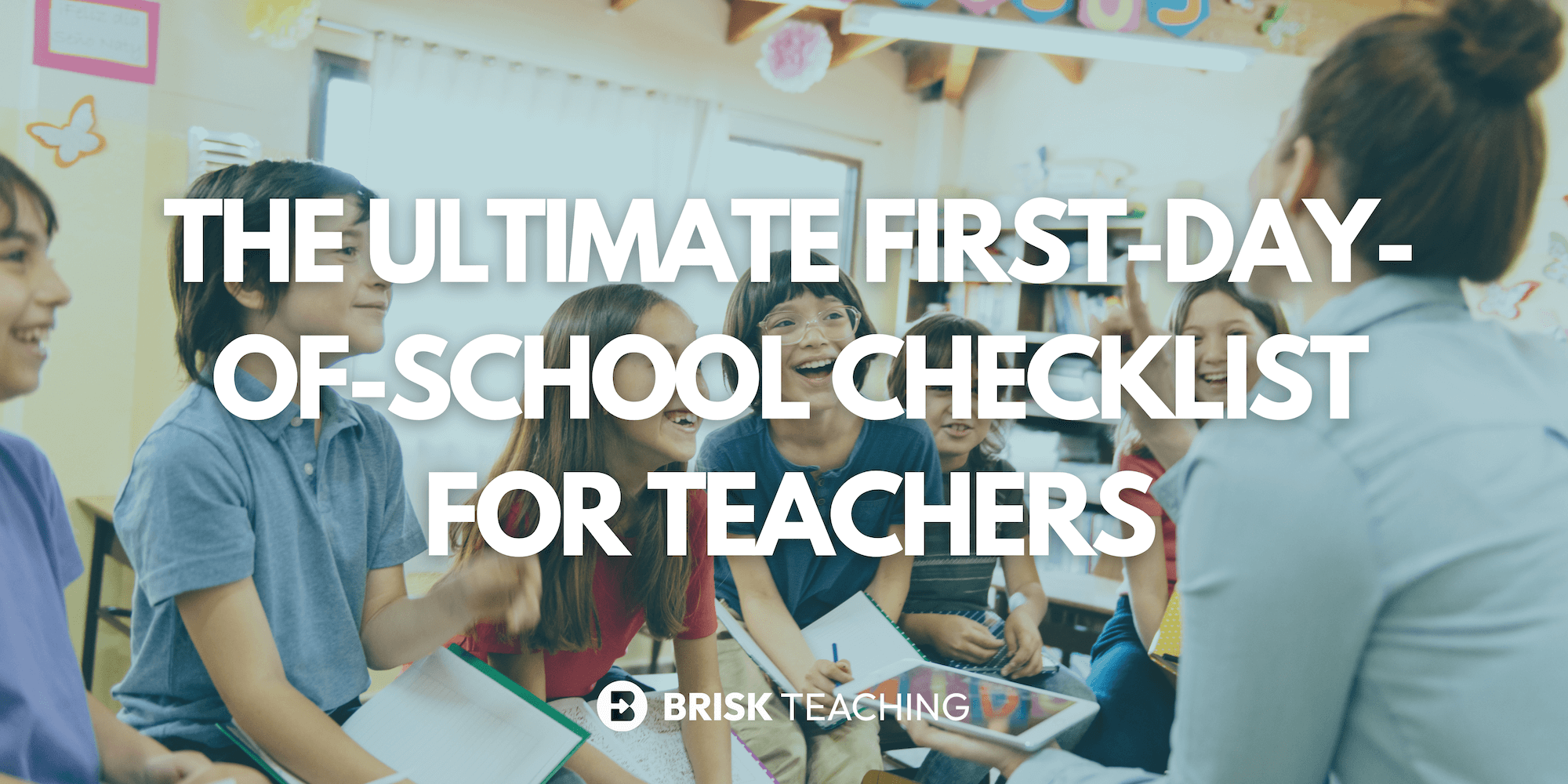
The Ultimate First-Day-of-School Checklist for Teachers
This back-to-school teacher checklist is designed to help you prepare not just your classroom, but also your mindset, so you can start strong and focus on what matters most: your learners.
Read More
Back to School
Back to School
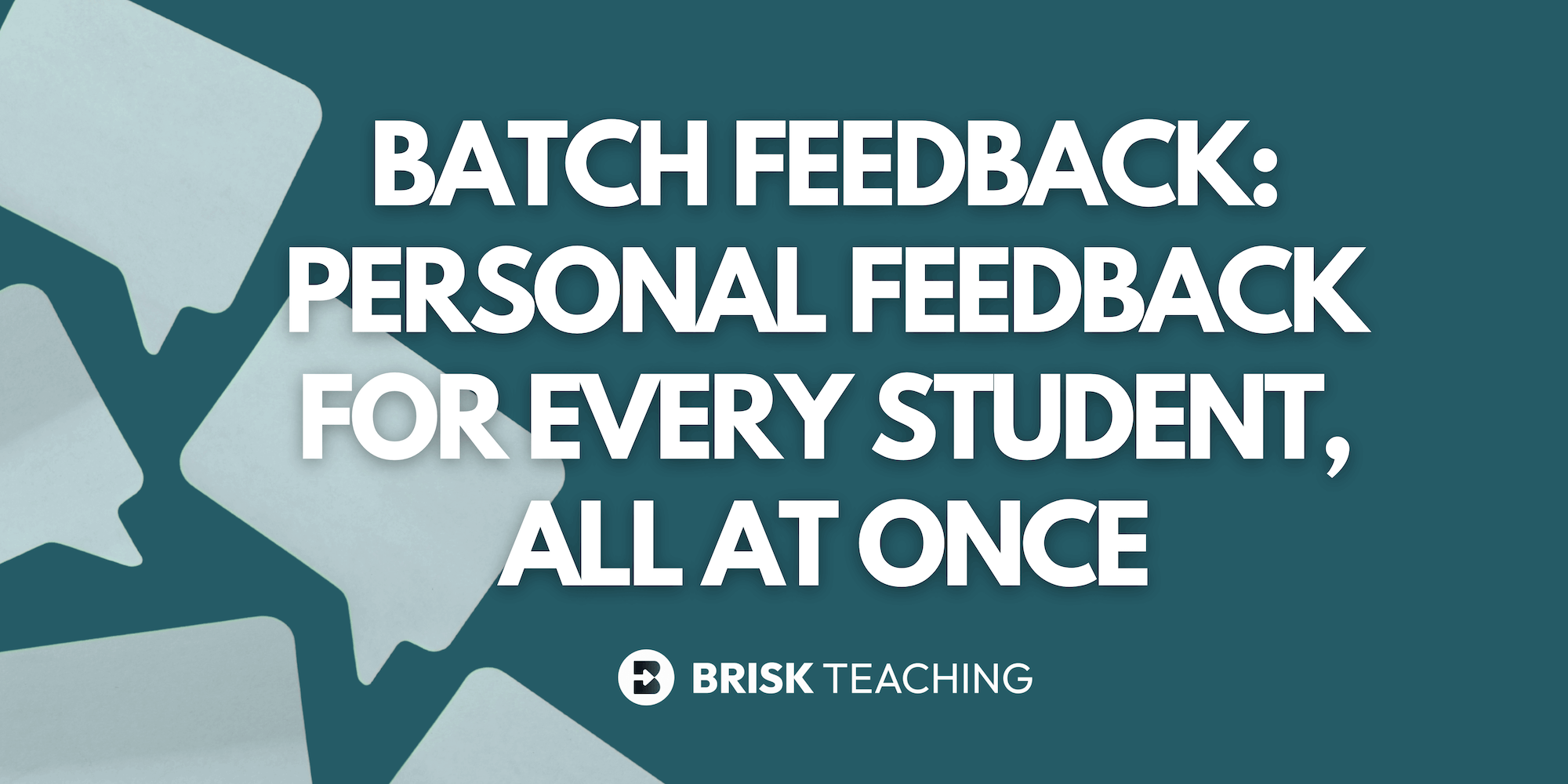
Batch Feedback: Personal Feedback for Every Student, All at Once
Batch Feedback helps teachers give personal, high-quality feedback to every student at once — timely, consistent, and fully teacher-led.
Read More
Brisk Features
Brisk Features
Brisk Updates
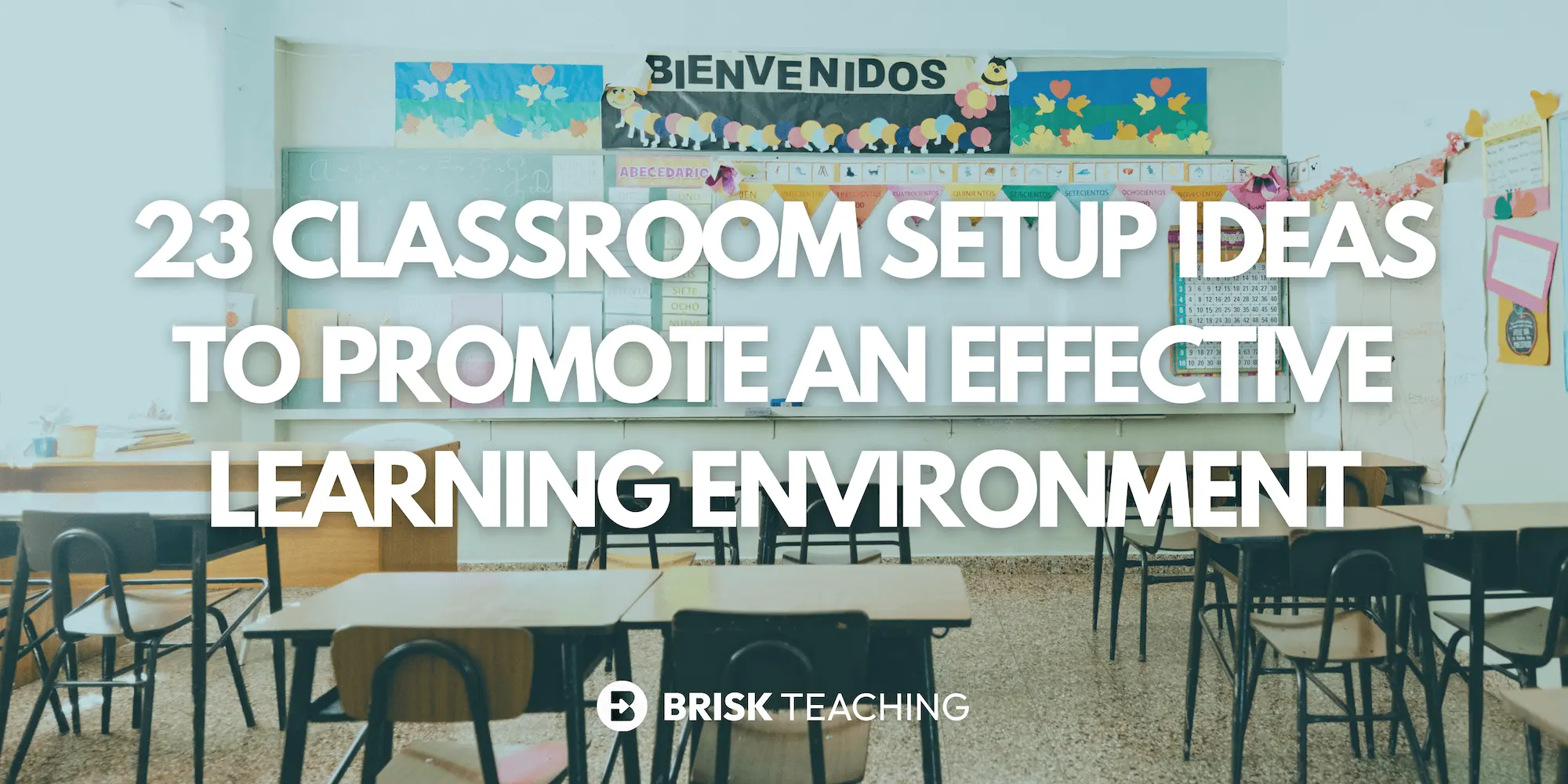
23 Classroom Setup Ideas to Promote an Effective Learning Environment
From clever seating arrangement ideas to smart classroom organization tips, creating an effective learning space can feel like a blank canvas or a giant puzzle. But no need to overthink it - these 23 classroom setup ideas will help you make learning smoother and students more engaged.
Read More
Tips for Teachers
Tips for Teachers
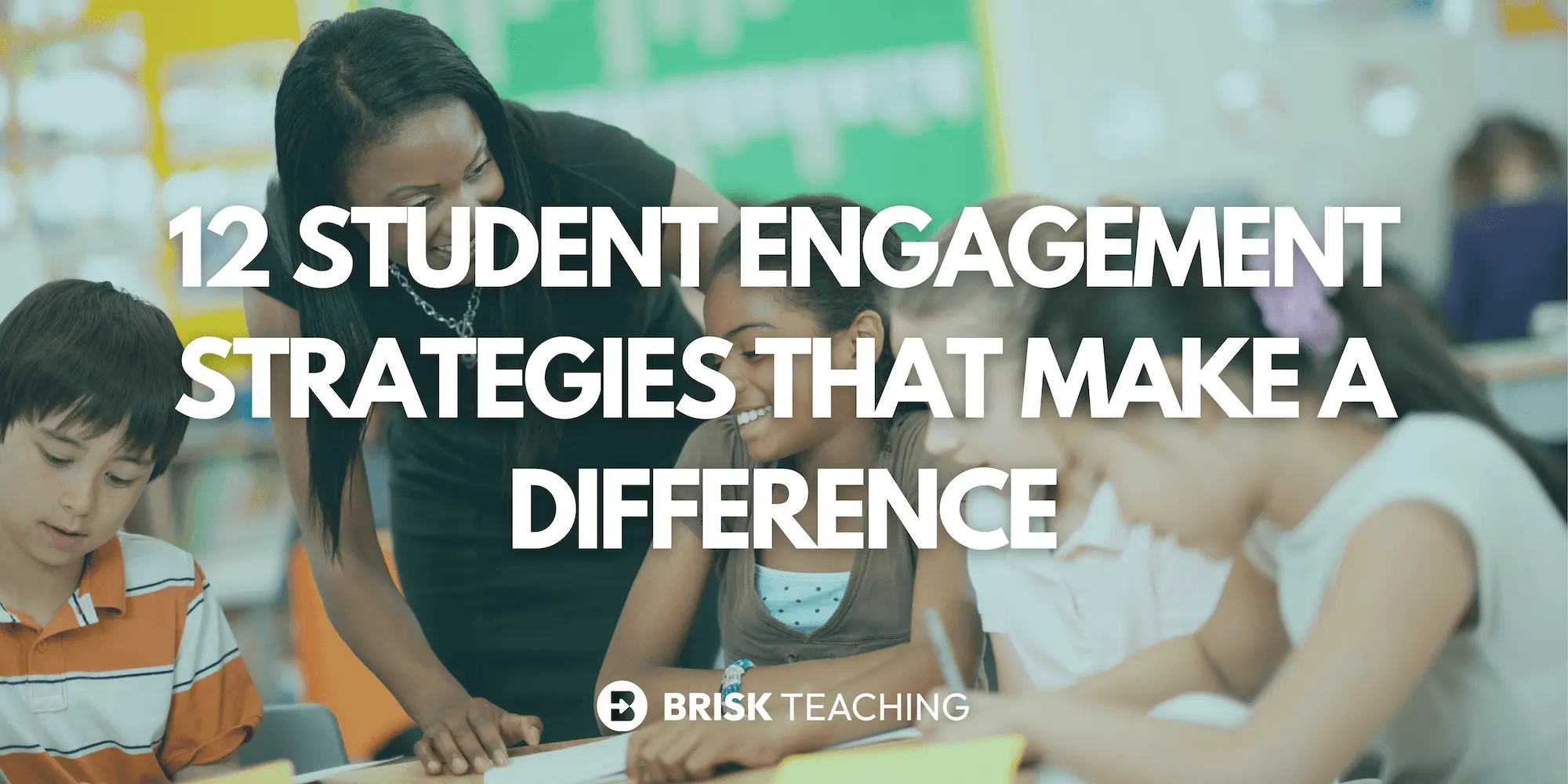
12 Strategies for Enhancing Student Engagement (That Actually Work!)
Need a fresh take on your classroom routines? When students need more than a brain break, try these student engagement strategies to switch things up. No icebreakers or gimmicks - just tested techniques that get middle and high school students participating, thinking critically, and learning effectively.
Read More
Tips for Teachers
Tips for Teachers
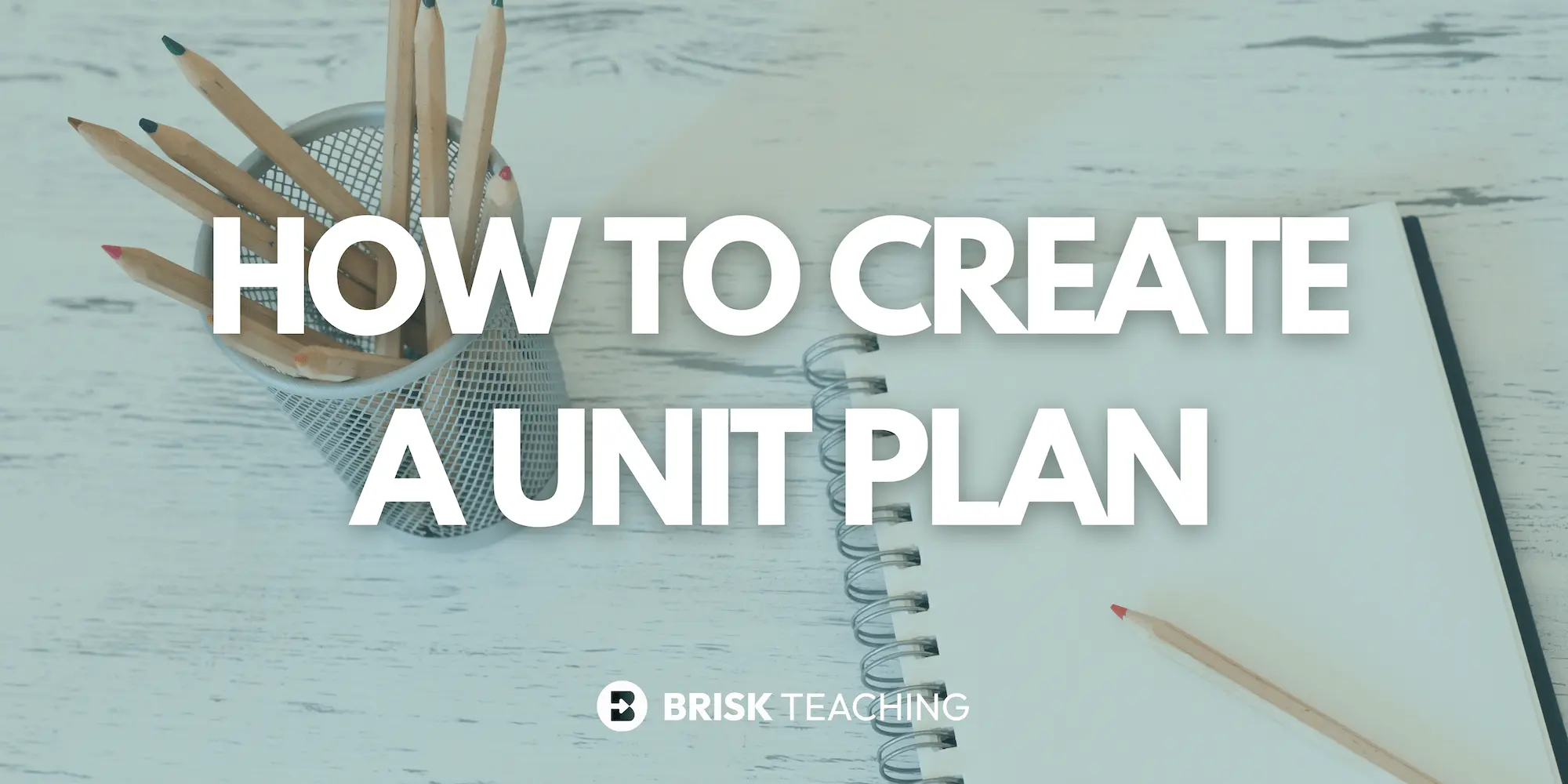
How to Create a Unit Plan
Staring at a blank doc wondering how to write a unit plan? Don’t worry — you’re not alone, and yes, caffeine counts as a planning tool. Writing a unit plan doesn’t have to be a headache-inducing activity that takes up valuable plan time and takes hours to figure out. Unit planning can be easy once you’ve figured out the formula. Think of it this way: lesson plans are the trees. Unit plans? That’s the forest. And if you're feeling lost in the woods — here’s the map.
Read More
Tips for Teachers
Tips for Teachers
.png)
Getting Started with Brisk: Your Essential Guide
Our new Getting Started guide ensures you can set up Brisk in minutes and start using it with confidence.
Read More
Brisk Updates
Brisk Updates
%20(1).png)
Brisk Teaching Now an NYSITCC-Approved Vendor to Expand AI-Powered Teaching Tools Across New York State
Brisk’s new NYSITCC approved-vendor status provides New York schools and districts streamlined access to innovative educational technology with enhanced support.
Read More
Brisk Updates
Brisk Updates
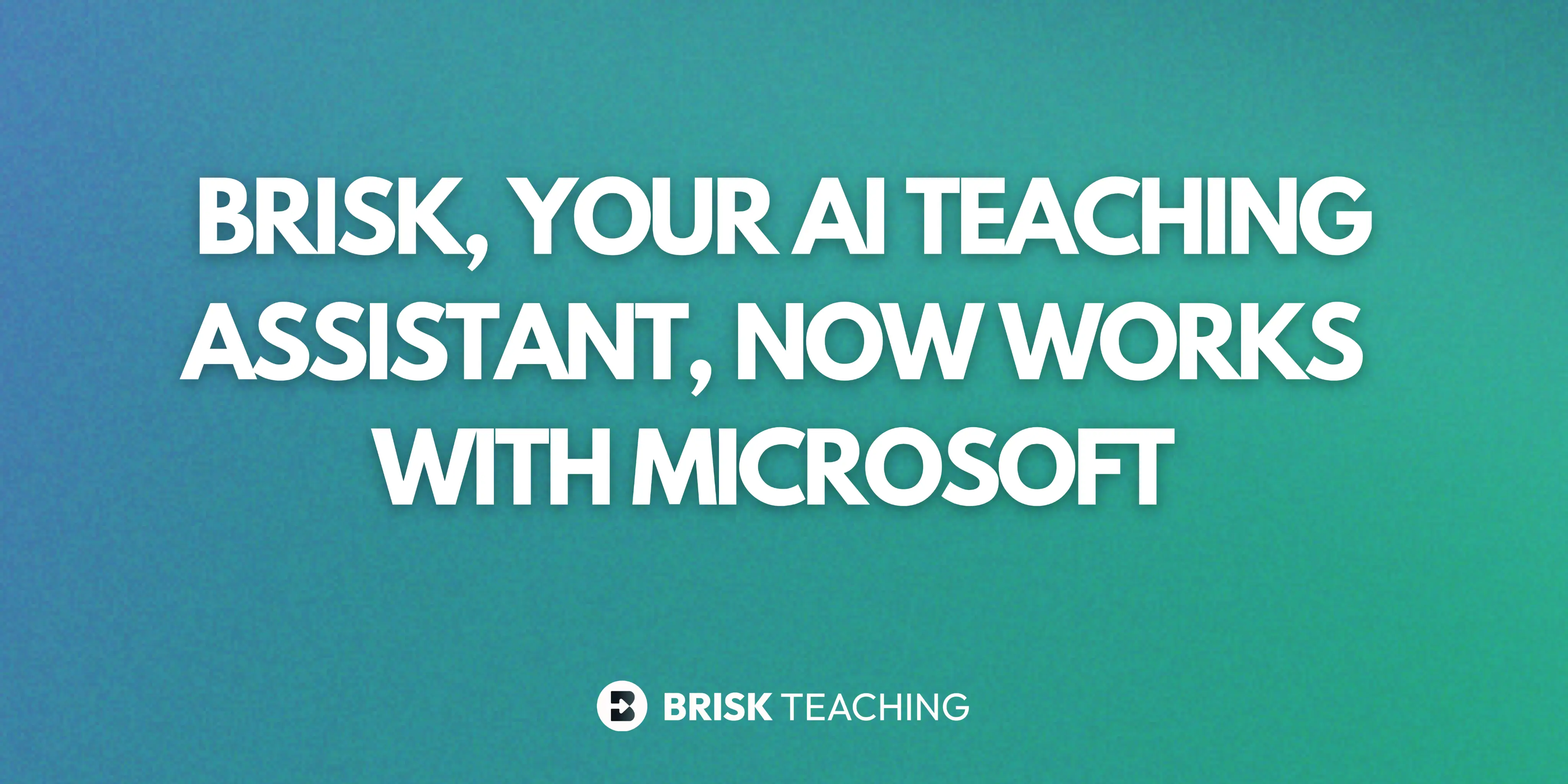
Brisk, Your AI Teaching Assistant, Now Works with Microsoft — Including Word, PowerPoint, OneDrive, and Edge
Educators can now plan lessons, give feedback, and personalize learning using Brisk with Microsoft Word, PowerPoint, OneDrive, and Edge.
Read More
Brisk Updates
Brisk Updates
Brisk Features
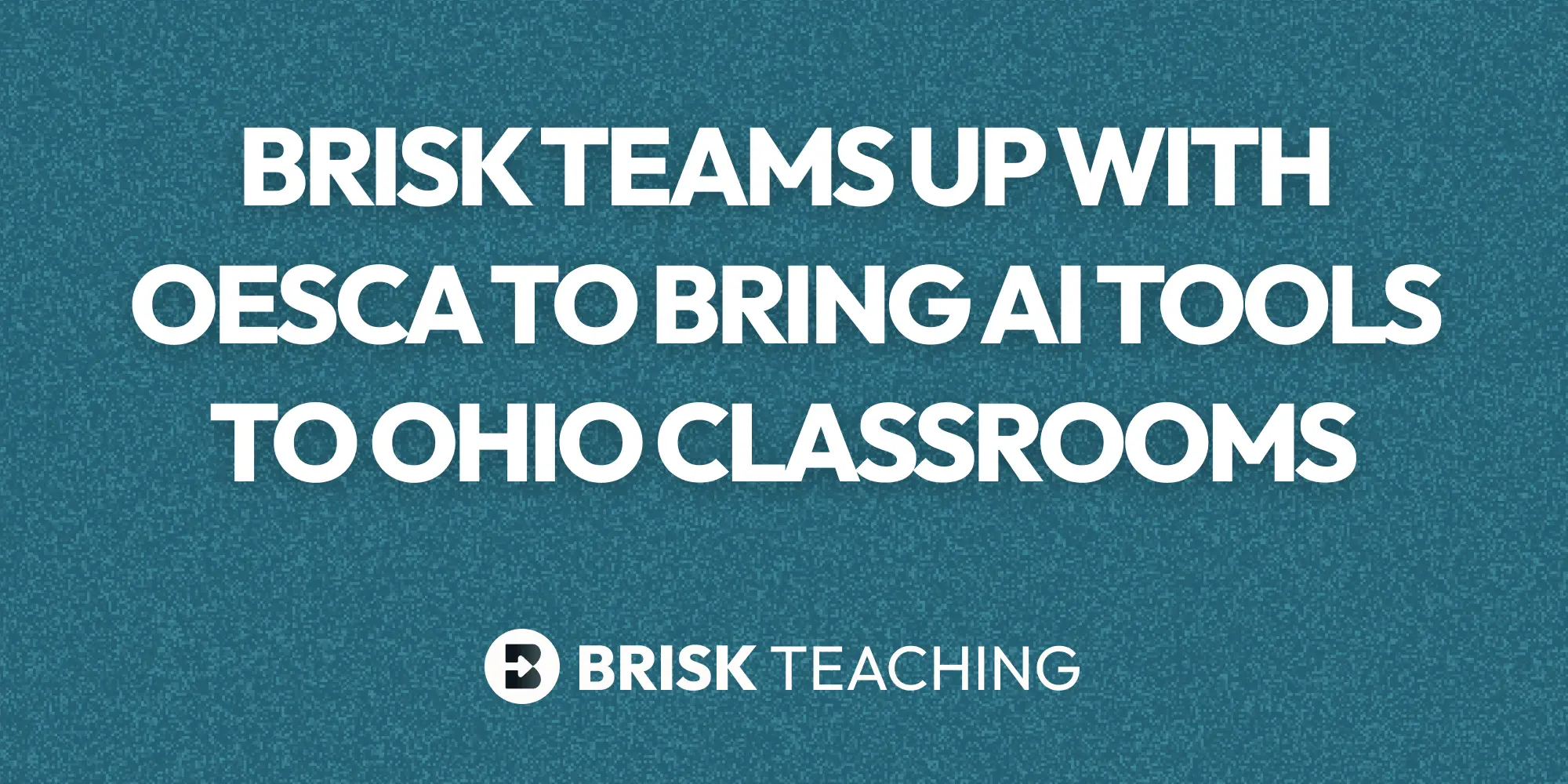
Brisk Teaching and OESCA Team Up to Bring AI Tools to Classrooms Statewide
We’ve teamed up with the Ohio Educational Service Center Association (OESCA) to make Brisk even more accessible to educators and schools across the state. Learn more about the partnership.
Read More
Brisk Updates
Brisk Updates
Sign up now from your phone!
Brisk works best on a computer. Enter your email to create an account, and we’ll send you a reminder to install it when you’re back at your desk.
SIGN UP FOR FREE.svg)

